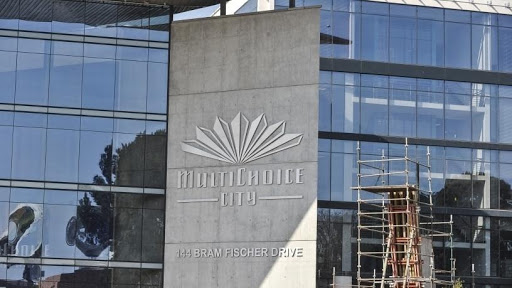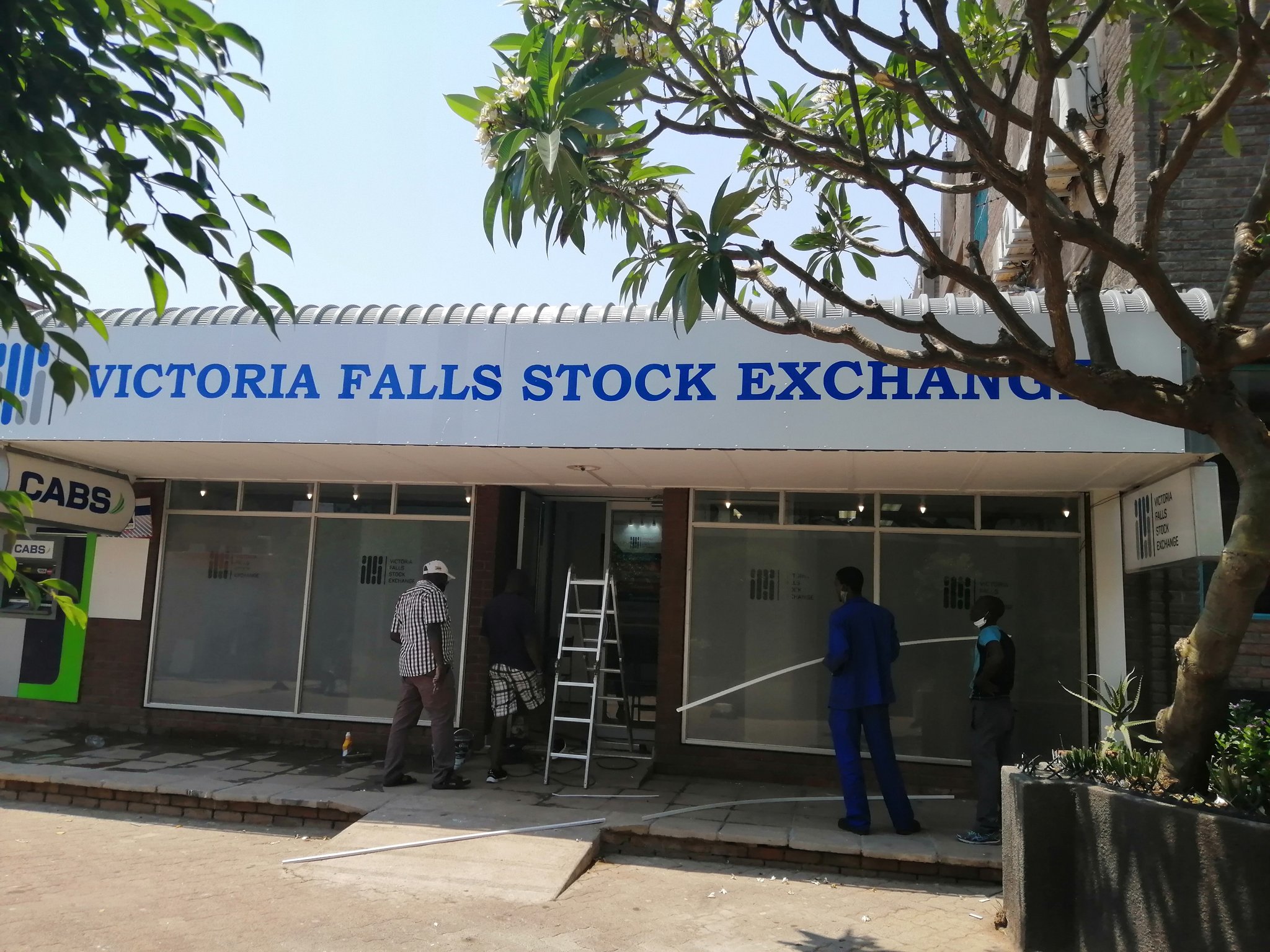Retirement is changing – what is the new normal?
It used to be that we prepared for 20 years to live post-retirement, now one must consider living at least 35-40 years post-retirement.
Have you ever looked back and remembered what your parents or grandparents were like at your age? While we might not have noticed it while it was happening, we humans are slowly evolving and changing. We just have to look back at our parents or grandparents and what their “retirement” looked like to see how times have changed. There are several forces at work – we are living longer and ageing better – 60 is the new 40. Retirees today aren’t worn out – but when retirement can last decades, they can soon get bored.
The Silent Generation and the older Boomers are familiar with the trend of staying in one or two jobs for the whole of their lives, diligently putting money away for retirement and preserving pensions when they move jobs. When I first entered the job market in the 80s, the optimal time span in a job was around seven years (to the dismay of the Silent Generation bosses who considered that to be “job hopping”), but today, it is closer to two years.
Even back in the 80s, we knew that the only way to get a meaningful salary bump was to change jobs. The unintended problem with this is that “preserving” (to keep the tax advantages) one’s pension on a much smaller lump sum mostly fell by the wayside in the understandable (but ultimately mistaken) belief that you had time to catch up.
I get it, retirement annuities in the 80s to mid-noughties were, frankly, a toxic investment vehicle with brokers taking huge upfront commissions and fees, which locked investments in with early termination penalties. This eroded whatever returns the investment managed to eke out. I keep coming across clients who refuse to touch them for just this reason. (The good news is that the industry has come a long way in the last two decades, but there are still old-school brokers lurking in the shadows.)
The last of the Baby Boomers turn 60 this year, but already retirement is changing. Retirement funding is a huge issue globally. Other countries (such as the US and those in Europe) have some sort of old-age social security pension that is built on a defined benefit model rather than the defined contribution model we in South Africa are more familiar with in the private sector. Those models assume that there are always going to be masses of new entrants into the workplace who will pay those benefits – because the invested benefit pot that was supposed to grow over decades is declining and is just not going to be able to pay pensioners 20 years out.
The actuaries who put the assumptions in place decades ago couldn’t have foreseen the impact of longevity and dramatically reduced birthrates. European and US pension schemes are going to require a rethink. Contrary to this, the old persons grant (as it is now called) in SA is different and paid out of government coffers. It is also means-tested (you’re only eligible if you do not earn more than R86,280 if you are single, or R172,560 if married and do not have assets worth more than R1,227,600 if you are single or R2,455,200 if you are married and pays just R2,090 per month).
More than 75 percent of retirees cannot afford to retire at all, and the percentage of retirees who will have to cut back on their lifestyle is even higher than that.
Retirement is not a date or age, it is that time when you decide that the capital you have saved and invested now needs to work for you and produce an income.
As uncomfortable as it is, you need to know at least 10 years away from retirement if you’re going to have enough capital to produce an income to retire on. Putting your head in the sand never makes the problem go away, it only makes you vulnerable to whatever is coming your way. This is very important if you are a salaried worker. Your contract has an expiry date, and there is no guarantee your employer will keep you on a “contract” thereafter.
Step one is to get some idea of what you’re spending now and which of these items are going to change at retirement (don’t worry about inflation, do it as if you were retiring today – your advisor can do the future projections.)
Tip one: Don’t rely on investment growth to make up for not having made enough contributions to the investment. At the very best, assume that it will maintain purchasing power (in other words, grow enough to keep up with inflation).
Once you know the income you need in retirement, you and your advisor (or app) can run some scenarios as to when you can retire.
Don’t be disheartened if the outcome isn’t what you expected. Given time, there are several variables you have control over to change the outcome:
You can save and invest more;
You can consume less now or plan to consume less in the future;
You can invest it optimally (but see Tip One above);
You can retire later/work longer/semi-retire; or
Reduce liabilities (parasitic progeny being the biggest problem for Boomers).
The original assumptions (as late as 2007 when I first started my studies in this field) were that you’d live 20 years max post-retirement, in other words, 80-85. Using this assumption, a financial advisor could allow a capital amount designed to produce an income/pension to be depleted over 20 years, comfortable in the knowledge that 95 percent of their clients wouldn’t outlive their money. That is no longer true (and frankly, wasn’t even true then). You now must assume at least 35-40 years post-retirement. The added complication is that Gen Xers coming down the retirement pipe usually want to retire earlier than 60/65, not later.
Tip Two: Owning your own home, in effect, “prepays” your rent in your retirement. This could account for one-third of your income, so don’t dismiss it (levies and utilities must be paid irrespective of whether you own or rent).
One of the biggest wealth killers is to change homes too frequently. Every time you do that, you lose at least 10 percent of the value of that property.
Make peace with the fact that you’re probably not going to save any money in the move, but you may want to do it for security reasons and to have easy access to frail care (be warned, it is not free and could cost an additional R25,000pm). Don’t fool yourself, holiday homes are a vanity purchase, a black hole into which you throw capital and maybe justify it to yourself as “for your retirement”.
Property, especially residential property, has long since lost its lustre as a good investment. Look at the graph below – you’d have got a better return from the money market (before you consider all the other expenses like rates, insurance, maintenance, etc.).
Source: Trading economics: South African residential property prices
Tip 3: Consolidate and get your ducks in a row. After several decades of trying out different products and listening to different advice, I find that my clients often have investments scattered around without any thought to aligning them to the end objective – getting them to work for you when you don’t feel like working anymore. This is not to say that you shouldn’t have different buckets of investments. The smarter thing to do is to take all your investments, put them on one page, merge them where it makes sense, and align them with their end objective.
Coming into retirement, it is often a good idea to consolidate your investments. This does not necessarily have to be a capital gains tax event but can usually be done via a Section 14 (for formal retirement funds) or change of broker (flexible investments).
Watching all your investments on a single table monthly (like Excel) means that you’ll have no nasty surprises at retirement (your wealth advisor may even do that for you). Consolidation like this often brings down fees (and before you say that an extra 1 percent doesn’t matter, consider that on R1 million, that is R10,000 p.a.).
Once you know what your capital requirement is for retirement, ensuring that it provides for your income, despite market growth, will allow you to ring-fence that portion of capital for your retirement objective so you know that if you stick to the plan, your retirement is sorted.
If there are leftovers (yes, it does happen, especially if you plan properly), then you can discuss with your advisor how to invest that nest egg. Many of our clients choose to take it offshore (properly offshore, as I discuss in this blog but you do not have the same restrictions as you have with your retirement kitty.
Tax efficiency is critical, especially between spouses. This tax efficiency is going to be different for everyone, but some of the things you can do (and run what-if scenarios on) are using tax-free donations between spouses to maximise your deductions and allowances.
Understanding your tax bracket is as important. While you’re at it, both spouses need to understand where and how the retirement funding is being funded. Inevitably, one of you is going to pre-decease the other; make sure the survivor isn’t left in the dark.-ebusinesswweekly








